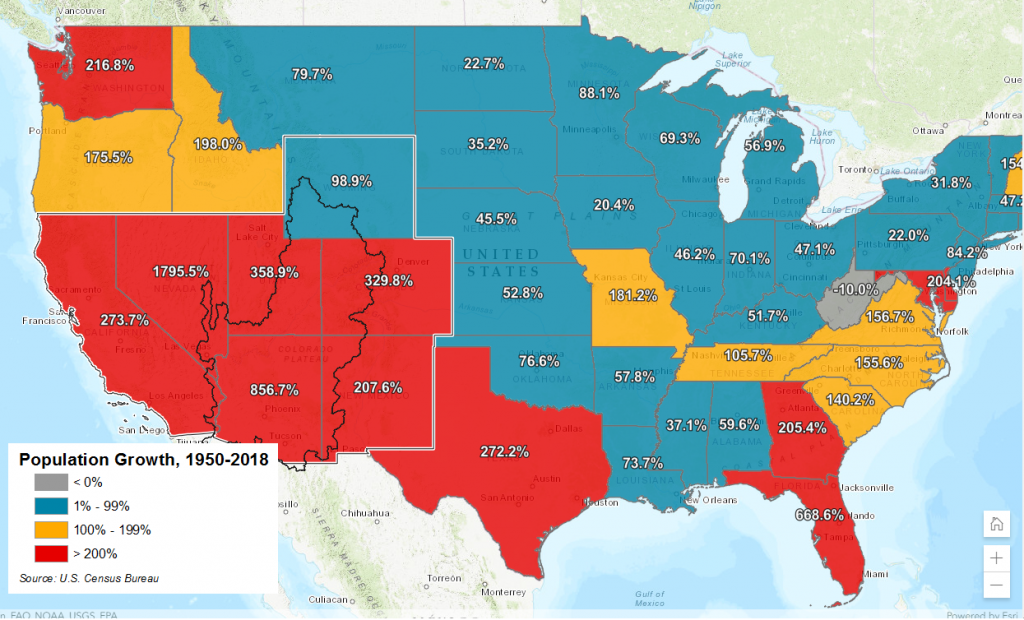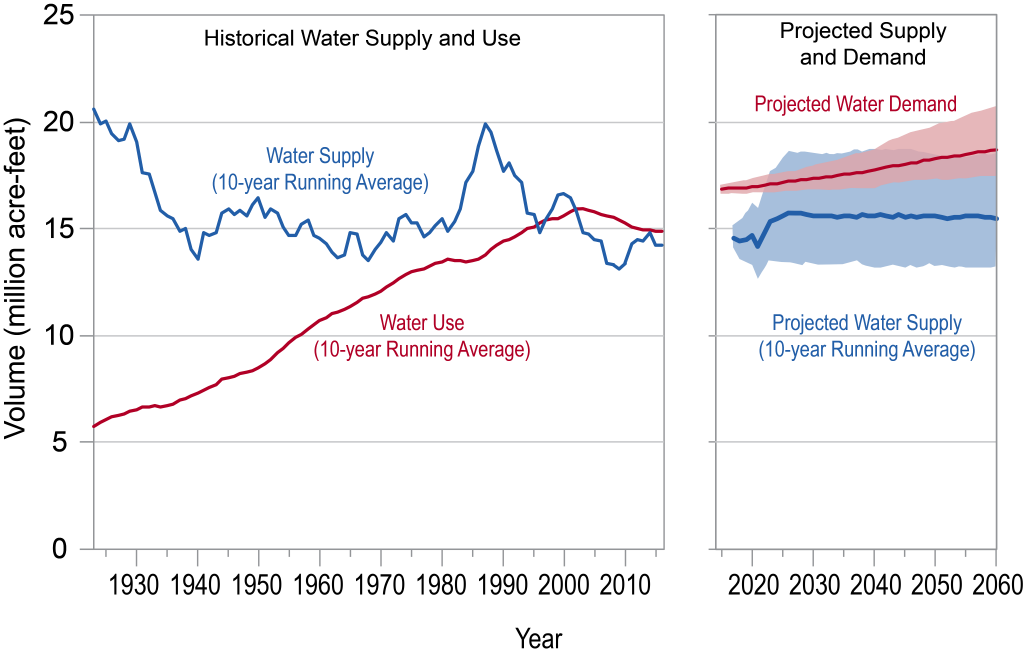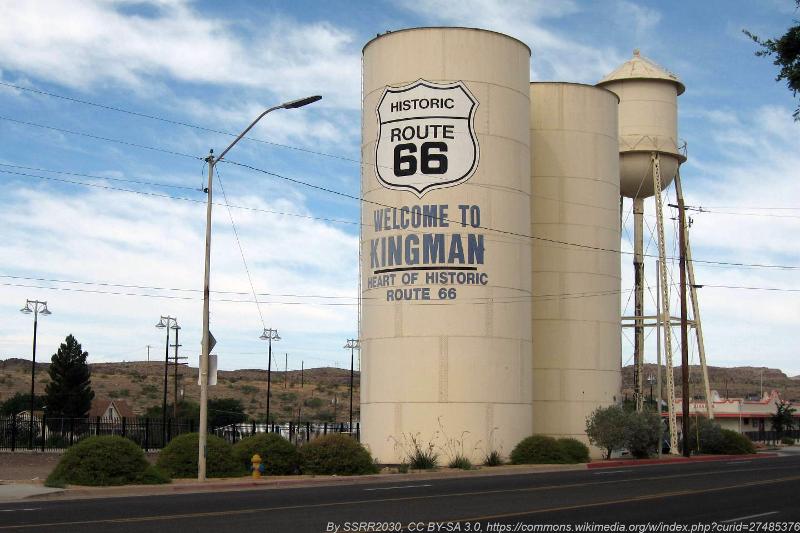The Colorado River is a water workhorse for seven western states, supplying drinking water to 40 million people. But it’s not the region’s only important source of water.
Groundwater — the water underground that we can’t see — is also hugely important in the Colorado River Basin. Groundwater provides base flow to rivers and streams, supports groundwater-dependent ecosystems, serves as the primary source of drinking water for many rural communities and plays a key role in water supply balance.
Unlike the Colorado River, which is governed by multi-state agreements, groundwater management is generally most appropriately carried out at the state and local level because groundwater availability is highly localized and variable throughout the basin.
However, gaining a strong understanding of groundwater availability and use across the Colorado River Basin is more critical than ever to managing the system-wide supply and demand balance and long-term planning, especially as the climate becomes increasingly arid. New Colorado River story map highlights importance of groundwater sustainability in the West Click To Tweet
EDF created an online story map at www.edf.org/colorivgw. The story map aims to provide a more holistic view of groundwater supplies and challenges in the seven-state Colorado River Basin (Arizona, California, Colorado, New Mexico, Nevada, Utah and Wyoming), drawing from recent research.
Here are four key highlights from the story map that demonstrate the importance of groundwater and the challenges of groundwater management in the arid West:
1. Groundwater accounts for between 13% and 50% of the water portfolio of the Colorado River Basin states.
New Mexico is the state where groundwater accounts for the greatest proportion of the state’s water supply, at 50%. Arizona comes in second with groundwater accounting for 42% of its water supply.
2. Groundwater over-pumping led to additional development of surface water infrastructure but now the Colorado River system — the surface water — is over-allocated.
The Colorado River is managed and operated under what is referred to as the “Law of the River” — a series of compacts, federal laws, court decisions and decrees, contracts, and regulatory guidelines.
Colorado River surface water volumes allocated in the 1922 Compact were based on some of the wettest years on record. The compact allocated more surface water than is in the system in an average year. Projections show the gap between demand and supply growing.
3. Yet the Colorado River system includes some of the fastest-growing states.
In the last 70 years, the Colorado River Basin states have grown faster than most other states in the nation, and several are projected to continue on this trajectory. 
4. Today groundwater-dependent rural towns are grappling with dwindling water supplies.
This stems from a combination of the unsustainable use of a limited supply, population growth and long-term drought. For instance, reports indicate that Kingman, Arizona, could run out of groundwater in roughly 55 years.
Learn more about groundwater in the Colorado River Basin by visiting our story map at www.edf.org/colorivgw.


